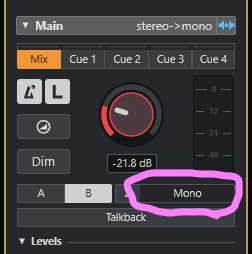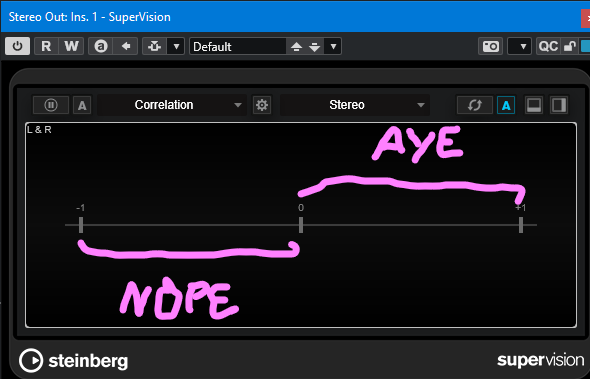Hi,
I have just finished a jazz track, where the main instruments are a Sax and Trumpet interspersed with some vocal samples. They sit on top of Drums, Piano, Synth, Pad, Strings, FX sounds, and an occasional Flute
First, I tried my best to balance the drums with the Bass in terms of frequency shaping and DB output using a UV meter plus low and high frequency cutting with an EQ. All the other instruments were then balanced in view of the Drums, Bass and Vocals. I chose not to process everything using compression or parallel processing etc, mostly because I don’t know how to, but also, because this piece is made up entirely or Vst’s and samples, all of which sound pretty good already out of the box. I also learned a while back that the most important mixing tool is good gain staging and balance in the first instance which I have tried to adhere to track for track, and measure for measure.
As a final step I rendered a lot of the instrument tracks to audio to save on CPU after getting advice from you guys here. (thanks)
Finally, When I exported the finished mix to MP3, I listened to it through 4 different headphones including the studio monitor DT 770, and it sounded awesome, with both the Sax and Trumpet standing out well above everything else. Actually, I had to go through the tracks and automate the volume of each to reduce some of the parts which were too loud. The piece also sound decent coming out of my basic studio monitors. However, when I play the mix though portable speakers of the JBL or Boom Box type, both the Sax and the Trumpet can hardly be heard over the mix, they sound distant and lost with no presence at all.
I tried routing the drums to a separate bus, and then the instruments to another. After which, I then lowered the volume of each bus by 1 or 2db. And although there is some improvement to the lead instruments through headphones, no change can be heard when playing the mix through the speakers at all. The leads still sound flat and distant.
I believe have some options in terms of how to handle the Sax and Trumpet tracks, starting with EQ, and then compression, maybe followed by reverb. But my lack of experience and knowledge warns me that before messing with these steps, I should consider possible fundamental mixing principles which I may have overlooked, resulting in this problem sound.
Just to inform you: I have a saturation plug-in (Black Box) on each of the Sax and Trumpet tracks, as well as a limiter on the master bus. But I wonder if anyone here could offer me a way to maybe start from scratch, disabling all the bells and whistles, and then looking at how to treat the Sax and Trumpet Vst’s from the ground up in relation to everything else. Enabling them to become more present in the mix (and not just in the headphones) please?
Thanks,
Cliff ![]()

